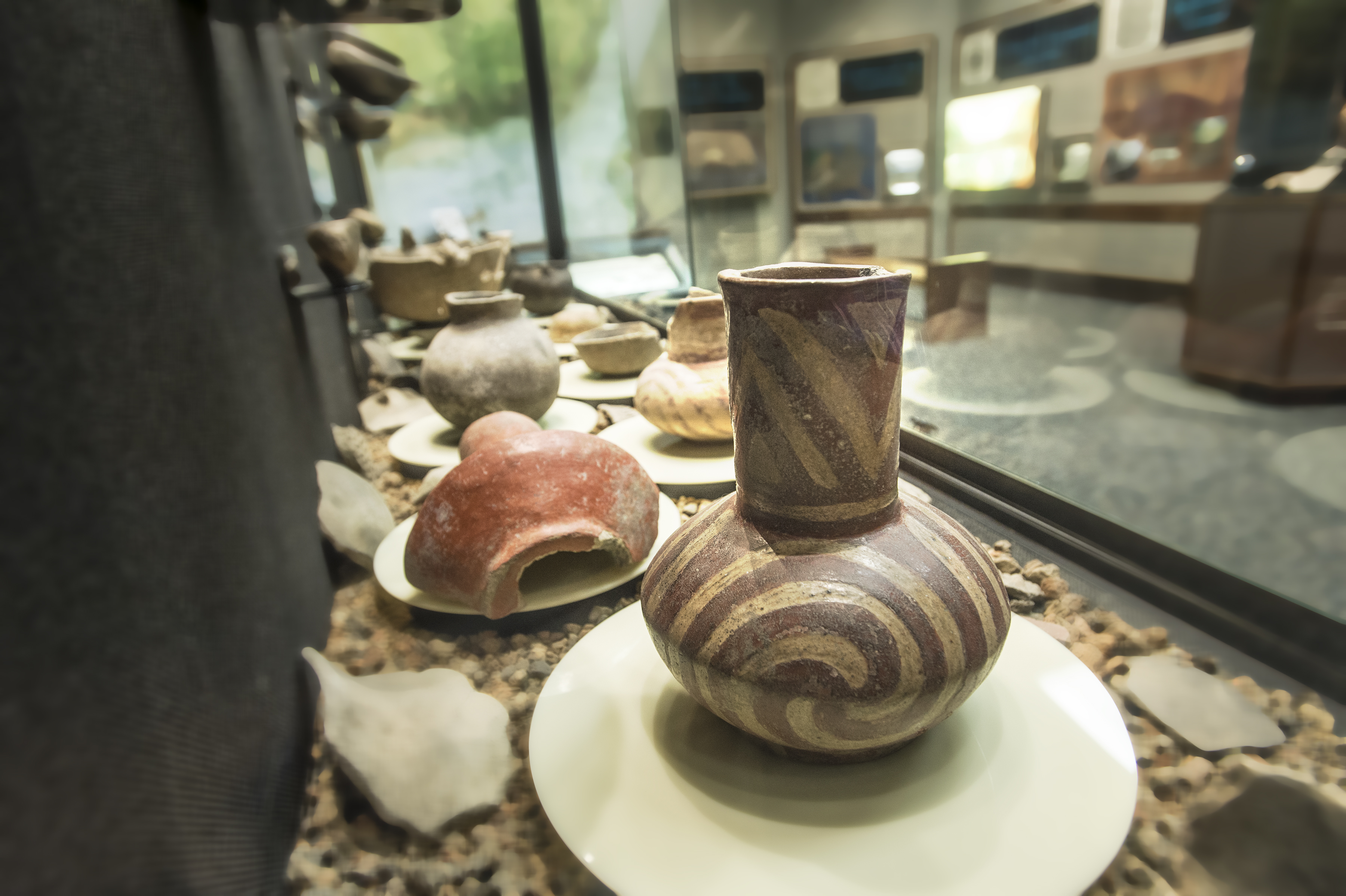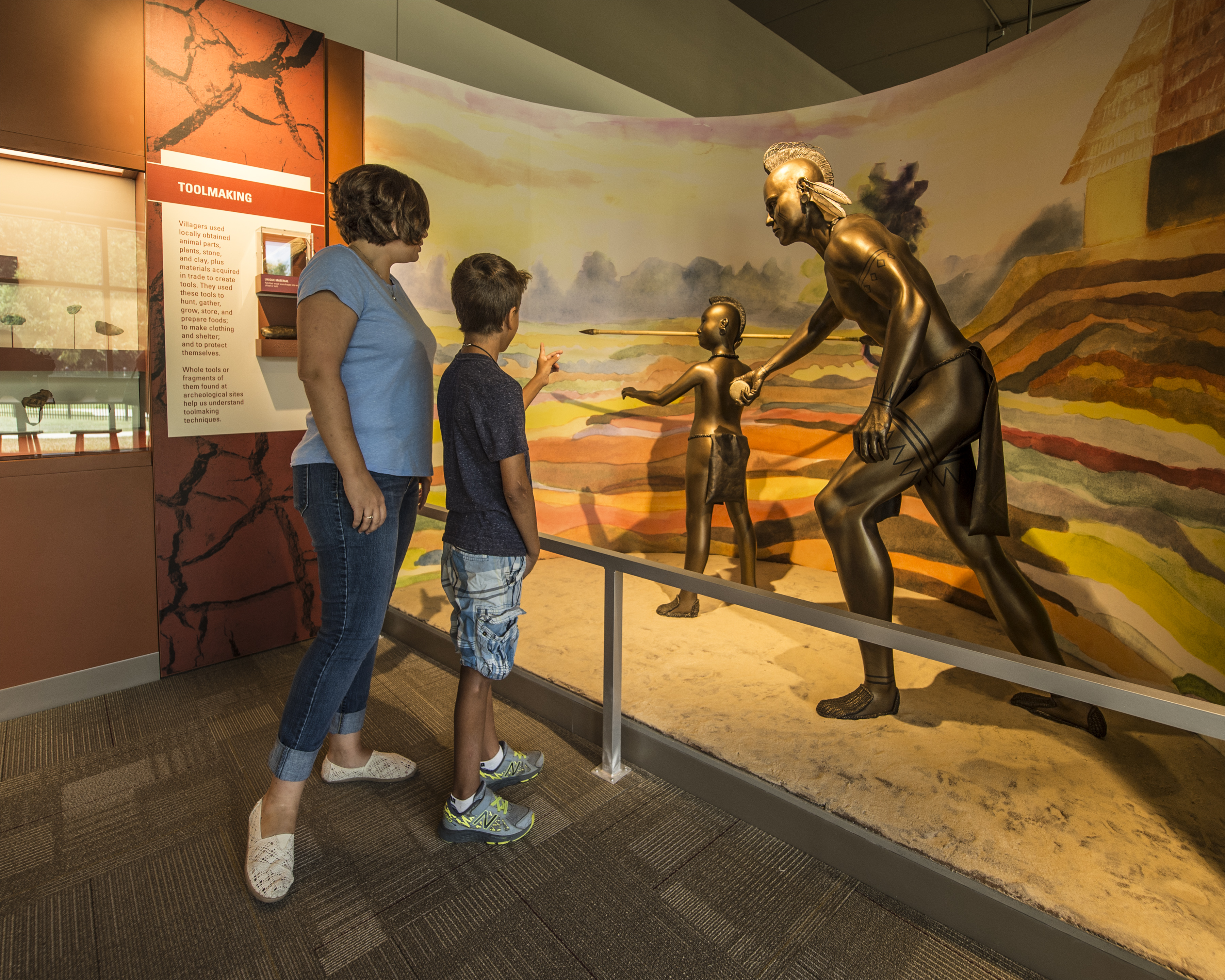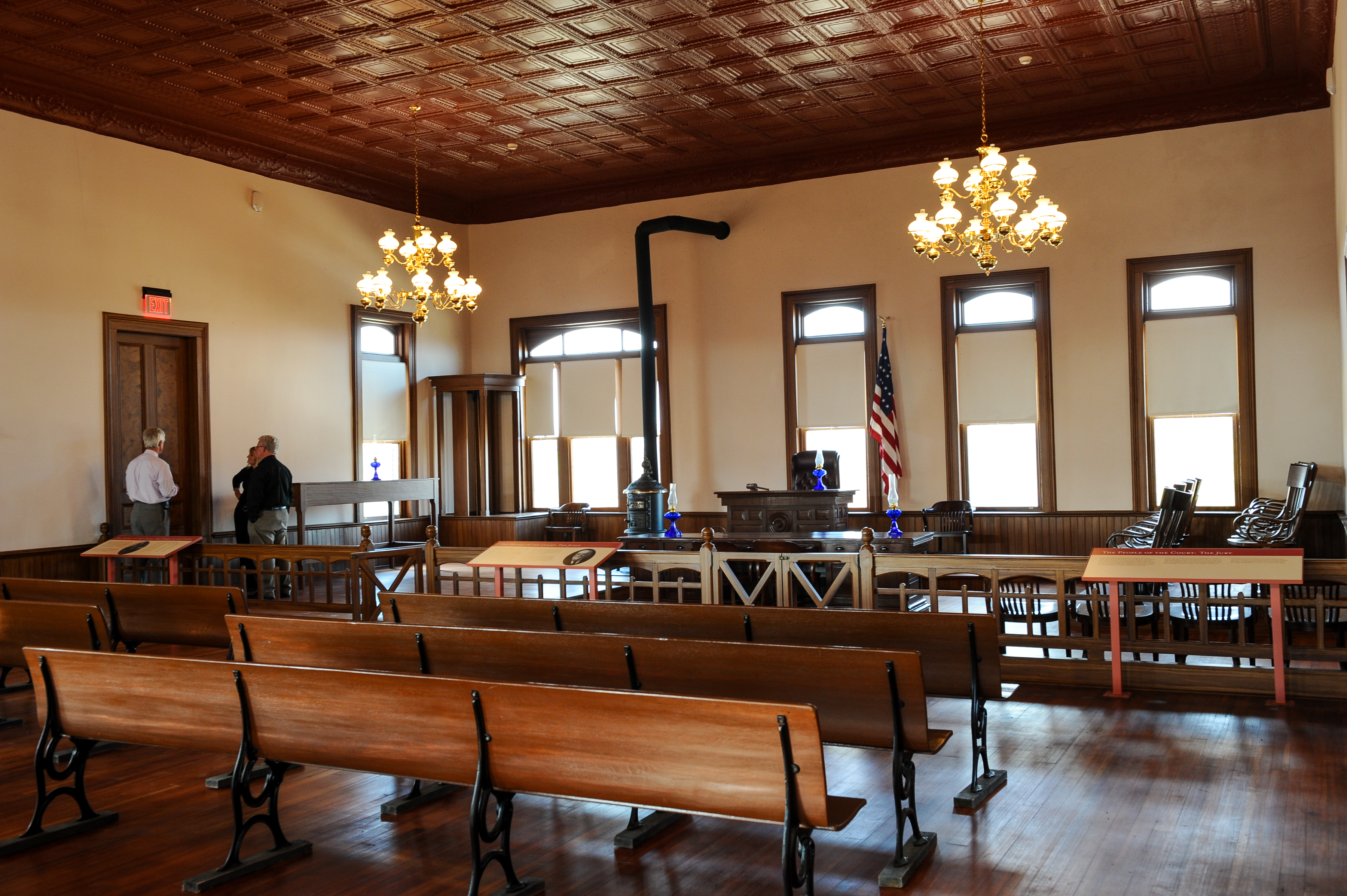
Arkansas Archeology Month celebrates the state's rich cultural heritage every year with educational programs, events and activities exploring the state's 11,000-year history. Arkansas State Parks are home to American Indian mounds, early settlements and Civilian Conservation Corps projects. All of them offer a unique perspective into the history of The Natural State and make for thought-provoking road trips. Through interpretive events, visitors have the chance to learn about our state's past and gain a better understanding of its cultural history.
Plum Bayou Mounds Archeological State Park
The largest and most complex mound site in Arkansas, Plum Bayou offers the rare opportunity to see archeological research at work, with archeologists actively excavating and studying evidence. Visit this ceremonial ground and stand atop a fascinating piece of history just 30 minutes south of Little Rock.
The earthworks, once the home of a small population, were for religious and social purposes. Eighteen mounds were built next to the natural lake and were occupied from A.D. 650 to 1050, some were up to 10 feet tall, and a few still exist today. Walk along the boardwalk for views of the towering mounds and the chance to spot herons, pelicans and other wildlife.
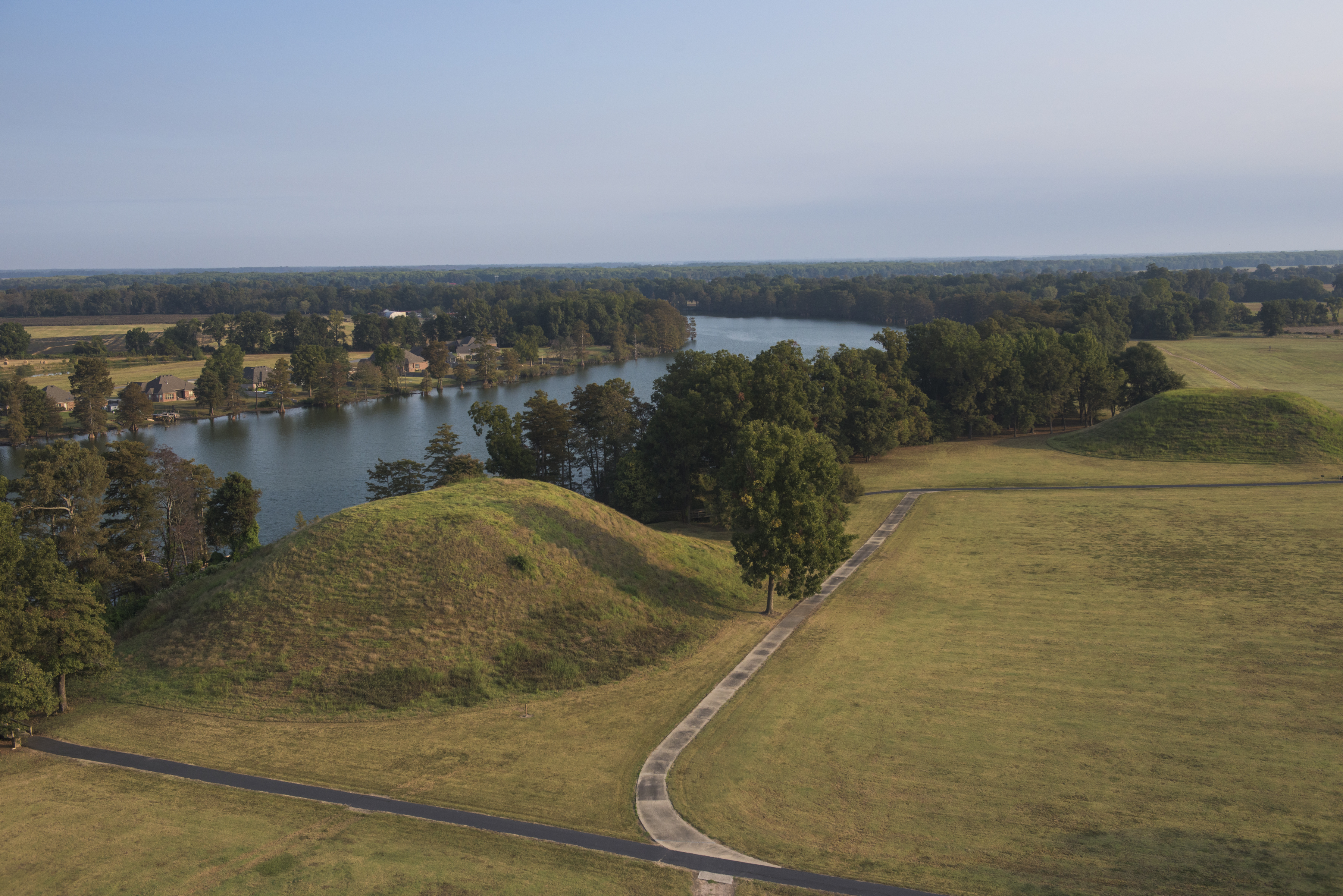
Parkin Archeological State Park
Located on the St. Francis River — near a sunflower field that blooms during certain times of the year — Parkin preserves a Mississippian-period American Indian village that was in place from A.D. 1000 to 1550. And in 1541, famous Spanish explorer Hernando de Soto visited the site. The area was also the grounds of the 1920s-era Northern Ohio Lumber Cooperage Company. Park interpreters offer tours and educational programs so you can learn about these historical people.
Walk the Village Trail, which leads you past the Mississippian Indian mound, the original Parkin cemetery and the Northern Ohio Schoolhouse. The trail also has three bridges that cross the different sections of the historic moat. To learn more about the lives of the local American Indians, take a paints and dyes workshop and learn how to use flint.
Hampson Archeological Museum State Park
Hampson is the location of a nationally renowned collection from the Nodena site, a palisaded village that once thrived on the Mississippi River. The museum interprets the lifestyles of this agriculture-based society that lived from A.D. 1400 to 1650. The artifacts and exhibits showcase the early aboriginal population of farmers who not only cultivated crops but also developed art, religion and a political structure along with a thriving trading network.
Once you’re done learning, check out Wilson’s adorable town square, where the buildings look straight out of a 17th-century British film. Then stop in White’s Mercantile, a Nashville store with an outpost here, and grab lunch at the Wilson Cafe.
Powhatan Historic State Park
Driving to Powhatan, you’ll be treated to views of the Black River and fields thick with tall grasses. The 1888 courthouse, in all its glory, sits on an overlook, greeting long-forgotten steamboat travelers. Its walls were the scenes of historical legal battles, but today they are covered with exhibits interpreting commerce and the culture of Lawrence County from Reconstruction through the early 20th century.
The historic park is unique in that all six historic buildings stand in their original locations. You can take a tour, led by knowledgeable interpreters, of the remaining historic structures that include a log house, school, church and jail. The whole park is an Instagrammer’s paradise, but make sure to grab a shot of the commerce building with its red-brick walls, bright-white doors, and overflowing flower bushels. Powhatan is popular among families and also offers workshops on how to cook in a Dutch oven, the art of cheese making, and quilting 101.
Prairie Grove Battlefield State Park
Prairie Grove Battlefield State Park is an important archeological site in the state of Arkansas. The battlefield has significant archeological importance because it is one of the most intact Civil War battlefields in the United States. Its landscape, relatively unchanged since the war, makes the battlefield an excellent site for studying the tactics, weapons and other aspects of the Civil War.
Bullets, buttons, buckles, and other military equipment have been uncovered during excavations and provide valuable insights into the lives of soldiers and the way the battle was fought. In addition to military artifacts, the battlefield has also yielded other archeological discoveries, such as evidence of early Native American settlements and early 19th-century homesteads.
The archeological significance of the Prairie Grove Battlefield State Park is recognized by the National Register of Historic Places, which listed the battlefield in 1974. The park also has a museum and visitor center, where visitors can learn more about the history of the battle and the archeological discoveries made at the site.
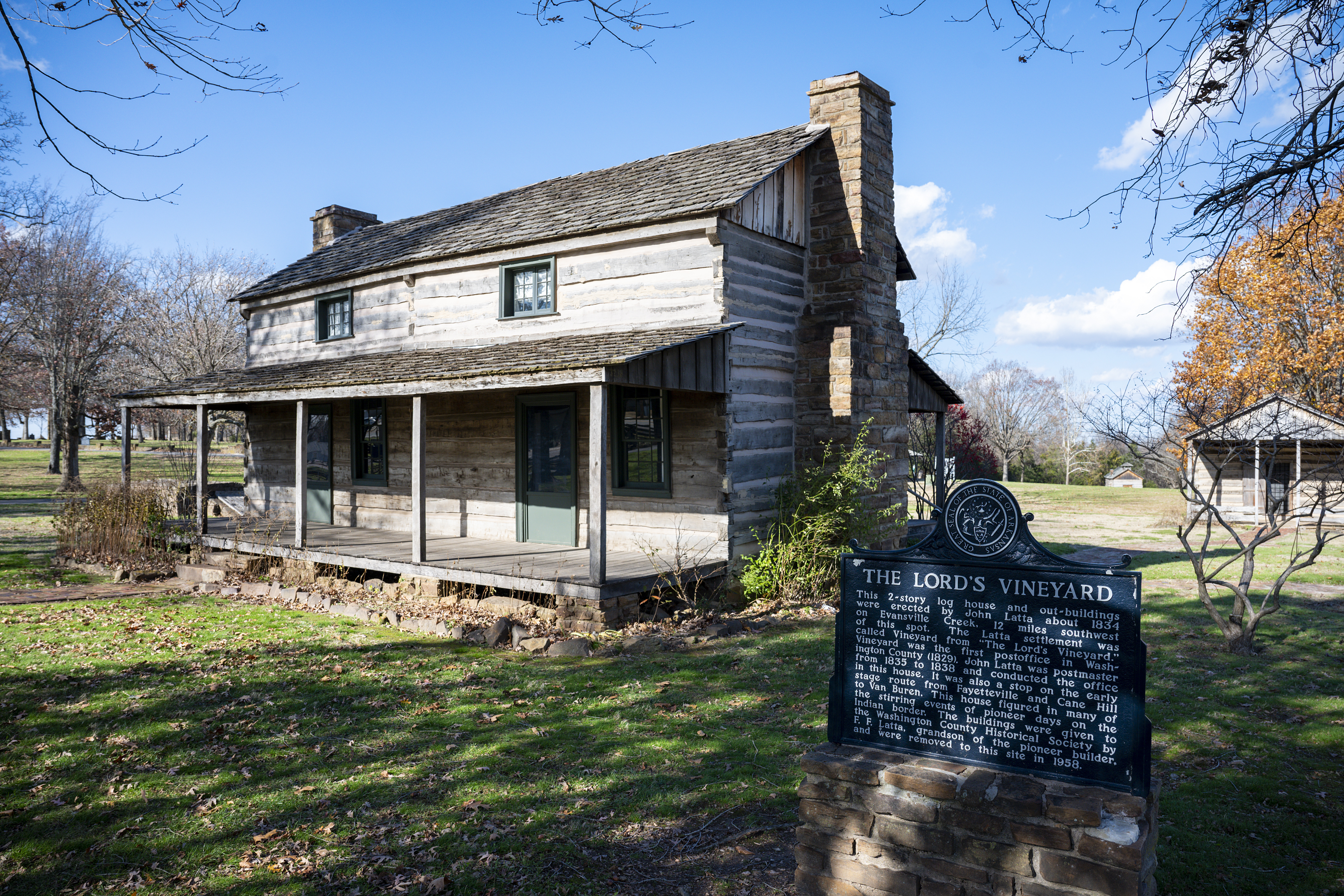
Plan Your Visit
By participating in Arkansas Archeology Month, visitors can gain a greater appreciation of the state's diverse cultural heritage and the importance of preserving archeological sites. Take advantage of the events and activities to gain a unique perspective of the history of the region.
